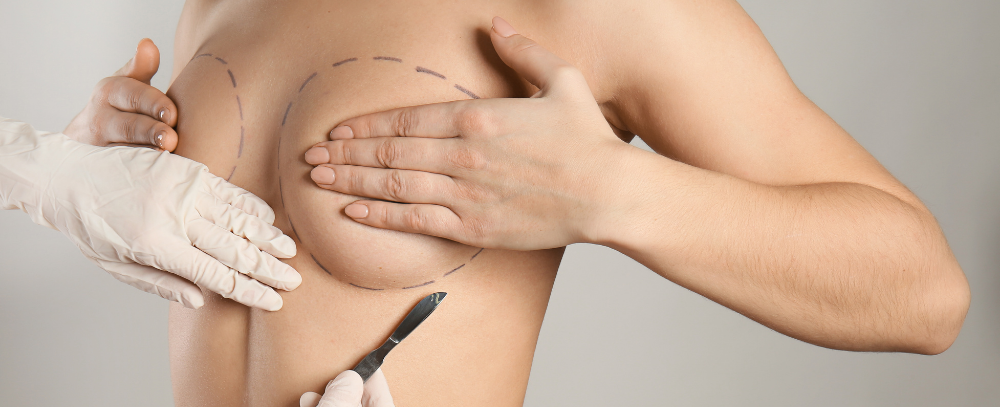Unfortunately, breast cancer can occur in one in 8 women. The absence of breasts can create a feeling of physical and psychological deficiency in many women. Reconstruction of the breast that was removed due to breast cancer is called breast repair or breast reconstruction. Breast reconstruction surgeries can be performed with implants and the patient’s own tissues. On occasion, it can be performed by combining implants and their own tissues together. Breast repair does not affect the process of treating breast cancer. For this reason, most of the time, breast removal can be performed even simultaneously with the operation. It is not an operation that prevents chemotherapy and radiation therapy in the subsequent process. In this case, repair planning can be performed in a multidisciplinary way where many branches come together and make a joint resolution and planning. However, breast repair can be performed in the late period for patients who do not feel ready for repair.
Breast repair with silicone:
It is usually the first preferred method for patients with early-stage cancer detection or who need preventive breast removal. The inside of the breast is completely removed by the oncological breast surgeon in such a way that the skin remains, we plastic surgeons replace it with suitable breast silicones and create a new breast. If the breast skin is sufficient, silicone implants are directly placed. If it is not enough, tissue expanders can be placed to gradually expand the skin. When a tissue expander is placed, a second attempt is usually required. Sometimes, in cases in which the breast skin is insufficient, tissue from the back can be prepared and used to better cover the top of these silicone structures.
Breast making with your own texture:
It is a method of re-creating breasts with the help of tissues prepared from the back, abdomen or thigh. This method allows us to create a more natural breast compared to the repair with a silicone prosthesis. These operations may be methods that require microsurgical methods, or they may be in the form of stem tissue transfer that does not require microsurgery.
PREPARATION FOR SURGERY
Detailed examination of the patient is the first and most important step. Along with the detailed examination, it is necessary to discuss and decide together with necessary branch medical attendants such as a general surgeon, oncologist, radiation oncologist, radiotherapist and pathologist. The general condition of the patient, accompanying diseases, medications used, and whether expectations are realistic are the most important points for us. In the detailed examination, the most appropriate method for the patient is decided. Detailed examination together with the anesthesiologist is a must for pre-operative preparation. If the patient smokes, it is recommended to stop 3 weeks beforehand, and blood thinners to be discontinued before the specified time. Preoperative planning is an important step for surgical preparation.
METHOD OF SURGERY
The most appropriate surgical method for the patient is decided, and preparation and planning are made. If necessary, additional interventions may be required to ensure symmetry between the intact breast and the new breast. The method and process to be chosen are explained in detail.
HEALING PROCESS
Depending on the procedure and taking into account the general condition of the patient, the patient can be discharged from the hospital on the same day; the patient can also be treated by hospitalization for one or several nights after surgery. In this process, necessary treatments are performed, and it is recommended to lie down keeping the body part elevated. Sometimes, drains can be placed to prevent the blood from accumulating inside. Stitches are usually removed on the 10th day. Sometimes special medical bras are preferred. After a few weeks, active physical life can be proceeded depending on the method to be performed. Depending on the method to be selected, additional interventions and surgeries can be performed when necessary. As with any surgery, there is a risk of complications during breast reconstruction surgeries.

